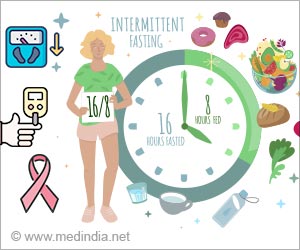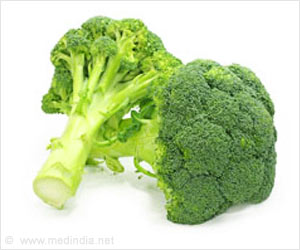Soybeans contain high levels of several health-beneficial compounds including tocopherols which have antioxidant properties and can be used in the treatment or prevention of heart disease and cancer.
Soybeans contain high levels of several health-beneficial compounds including tocopherols which have antioxidant properties and can be used in the treatment or prevention of heart disease and cancer.
These molecules can be used in the development of functional foods, which have specific health-beneficial properties.Tocopherols exist in four forms (a, ß, ?, and d) of which ?-tocopherol is found in greatest concentration in soybeans. However, a-tocopherol has the greatest antioxidant activity, and is the form converted to vitamin E in the human body. Thus, most interest for soybean tocopherols resides in a-tocopherol; however, certain health-properties have also been attributed to other tocopherol forms and interest for these remains.
It has been suggested that all tocopherols could play a role in cardiovascular diseases and cancer prevention.
Now, in the new study, researchers at McGill University, the Centre de Recherche sur les Grains, and Agriculture and Agri-Food Canada in Quebec have investigated tocopherols concentration and stability, with an emphasis on a-tocopherol, among early-maturing genotypes grown in multiple environments, and determined the relationship between tocopherols concentration and other important seed characteristics.
Results from the study are published in the September-October issue of Agronomy Journal. The research was also presented in Beijing, China at the 8th World Soybean Research Conference in August 2009.
Philippe Seguin, who led the study, stated "The large variation observed among genotypes for a-tocopherol, the relatively high stability of genotypes performance across environments, and the lack of negative correlation with other important seed characteristics suggest that selection for high a-tocopherol will be possible. Such characteristics will also help in the development of functional foods, which requires consistency in concentrations of health-beneficial compounds."
Advertisement
Preliminary results suggest that both specific environmental factors and management practices, such as seeding date, could significantly affect concentrations. Getting a better understanding of factors affecting soybean tocopherols concentration will help in the development of a new value-added use for soybean and thus to diversify markets for soybean producers.
Advertisement
SRM














